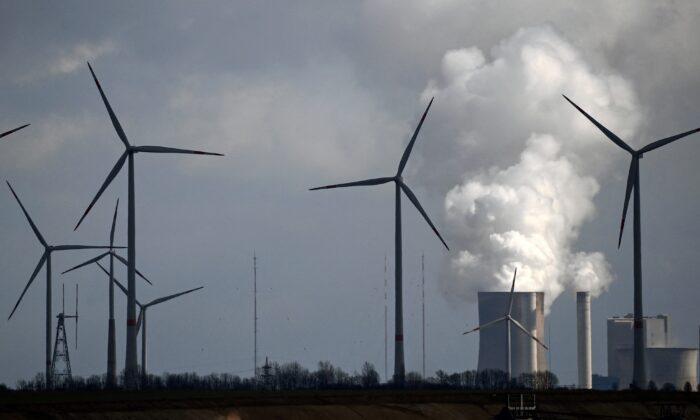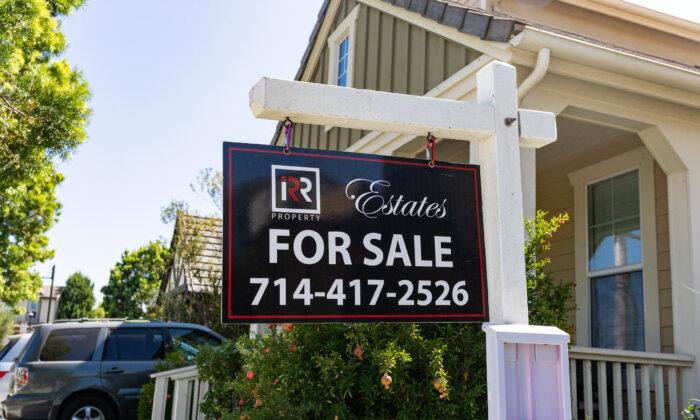Europe, which is currently reeling under an energy crisis, could see winter gas shortages last another three years at a minimum, according to Ed Morse, global head of commodities research at Citigroup.
With the decline in Russian gas imports, reserves are likely to get used up faster in the coming winter. This will make preparing gas reserves for the next few winters an even more difficult task.
According to Niek den Hollander, chief commercial officer at German energy giant Uniper SE, many nations in Europe might not be able to fill up their gas storage sites next summer to the extent that they have done this year, thus presenting a problem next winter.
Europe’s energy ministers are due to meet on Sept. 9 to discuss the energy crisis in the region, including measures to bring costs under control, caps on natural gas prices, and even suspending derivatives trading in the power sector.
Ratings agency Fitch is expecting the European Union’s plan of boosting alternative gas supplies and reducing gas usage by 15 percent in 2023 to help avoid acute shortages on the continent.
Financial Worries
The gas supply crisis and resulting price surge are putting financial pressure on Europe’s economy. On Sept. 5, the Dutch TTF October gas contract rose to 272 euros per megawatt hour after Russia announced that one of its gas supply pipelines servicing Europe would remain indefinitely shut down. This is up by about 400 percent compared to a year ago.European companies are now requesting at least 1.5 trillion euros in government liquidity to cover their margin calls.
Energy firms usually require companies to pay a margin deposit before supplying power. With gas supplies being curtailed, the minimum deposit price has surged, putting many companies in a financially difficult position.
Italy, which relies on imports for three-quarters of its power consumption, is set to see energy import costs more than double in 2022, the country’s economy minister recently said.





